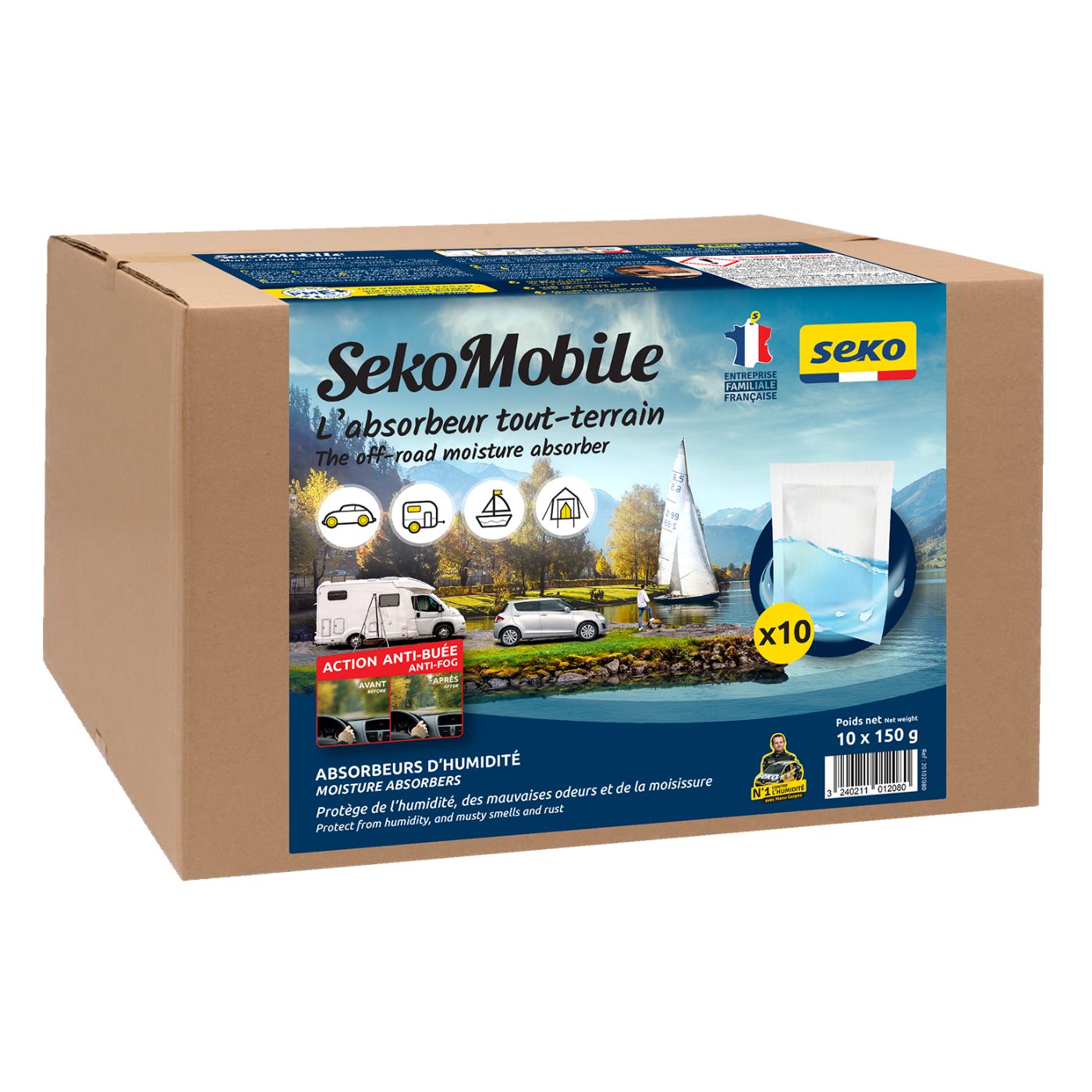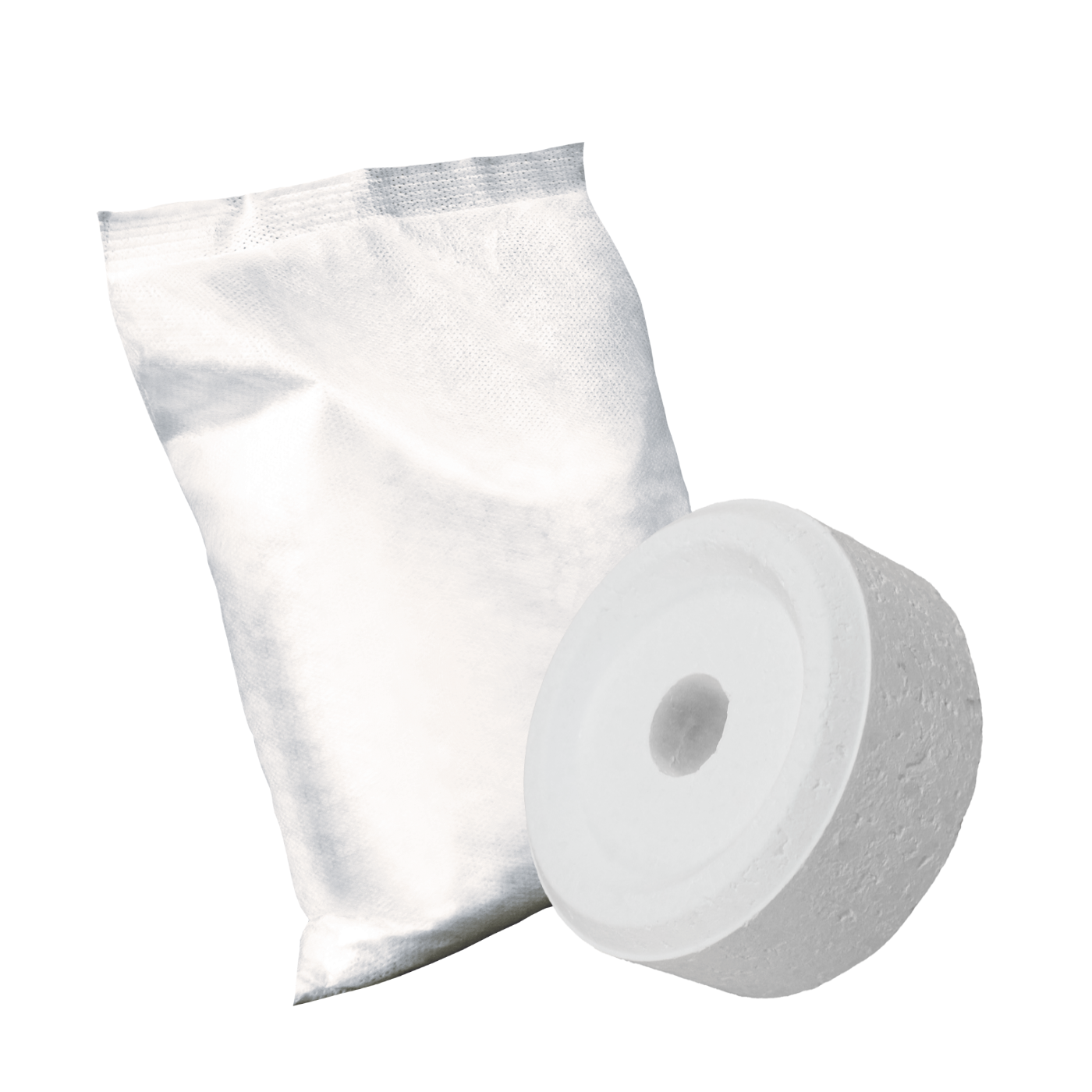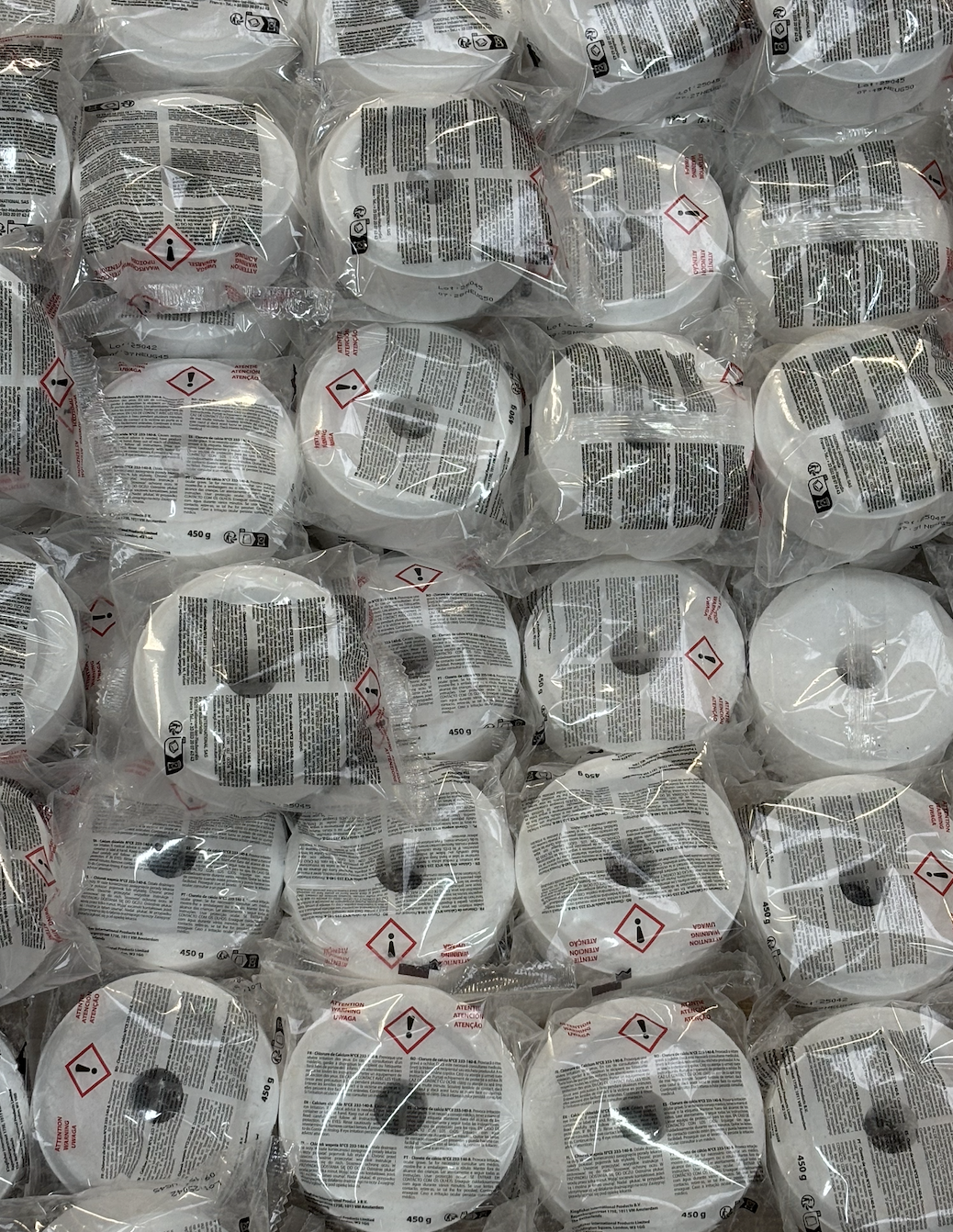Damp walls are a common problem in both residential and commercial buildings, that can lead to serious damage and health risks. Whether mould, stains or condensation, it is essential to understand what causes these issues to solve them effectively.
Risks of untreated damp in walls

Health risks for occupants
Damp walls are not just an aesthetic problem. They create an environment favourable to the spread of mould, which releases harmful germs into the air. These germs can cause allergies, irritations and serious respiratory issues, particularly for vulnerable people, such as children, the elderly and those with asthma. In the workplace, these risks can affect employees, reduce productivity and create compliance issues with regard to health regulations.
High humidity levels can also encourage the presence of pests, such as dust mites, which can affect the wellbeing of occupants in a private home or employees in the workplace.
Structural damage to buildings
Over time, moisture can penetrate deep into construction materials. This weakens load-bearing walls, leads to cracks and causes paint or other wall treatments to peel, which can mean expensive repair works for homeowners. In a professional context, the damage may affect the safety of premises, compromise the storage of products or raw materials and generate considerable expense for companies.
Increased energy costs
Damp walls lose their insulating properties, which can have serious consequences for both homeowners and professionals. Moisture cools down the walls, which means that more energy is required to maintain a comfortable temperature, whether in the home, industrial buildings or commercial premises. In the long run, this pushes up energy bills, affecting household budgets and operating costs for companies. In the workplace, these problems can also compromise the longevity of buildings as well as the quality of work and storage areas.
Strategies to prevent dampness in walls
Importance of good insulation
Good insulation is a key part of preventing moisture from penetrating walls. To insulate buildings, it is recommended that waterproofing is applied to roofs and external facades. These products form an effective barrier against moisture, while ensuring proper ventilation to preserve the integrity of materials.
In commercial buildings, these measures also help protect humidity-sensitive structures and goods, particularly in sectors requiring stringent storage conditions, such as agri-foods.
Role of regular ventilation
Condensation issues, which occur frequently in areas such as kitchens, bathrooms and laundry rooms, are also a problem in workplaces, such as warehouses, laboratories, factories and commercial premises. Ensuring that these rooms are aired regularly is crucial for preventing a build-up of moisture.
Installing mechanical ventilation systems or using moisture absorbers can considerably improve indoor air quality. This reduces the risk of mould, condensation and unpleasant odours in the home or workplace, and helps maintain the standard of storage premises, offices and workspaces.
Maintaining drainage systems and gutters
Water that stagnates near foundations can lead to rising damp and damage walls. It’s important to ensure that gutters and drainage systems are well maintained, whether in the home or industrial buildings. In the event of blockages or leaks, water can seep in and cause considerable damage. Regular maintenance helps prevent these problems and protects structures, storage areas and sensitive products.
Within the context of professional facilities, maintaining drainage systems on a regular basis helps prevent damp issues from affecting sensitive storage or production areas, thus protecting goods and infrastructures belonging to companies.
Our solutions for treating damp walls
Moisture absorbers
Moisture absorbers are an effective solution for maintaining optimal humidity levels in moisture-exposed areas. Our products are designed to remove excess moisture from the air and prevent the development of mould. These devices are ideal for small rooms, such as cellars, bedrooms and bathrooms.
In professional environments, such as warehouses, offices or storage areas, moisture absorbers can also be used to maintain optimal humidity levels, thus protecting stocks and air quality for employees.
Tips for effective and durable treatment
A potential cause of health problems, structural issues and reduced energy efficiency, damp walls should not be underestimated. Adopting a comprehensive approach to prevention and treatment is essential.
Using our specialist products, such as moisture absorbers, enables you to protect walls effectively against the impact of moisture. For professionals, these solutions can also guarantee the quality of storage areas, working conditions and materials stored on the premises.
It’s important to remember that regular maintenance and appropriate solutions, including proper insulation, effective ventilation and adequate drainage, are crucial for guaranteeing the durability of treatments against humidity. Following these recommendations will help protect your home, infrastructures and goods from the disastrous effects of damp, while improving indoor air quality and the longevity of your walls.









